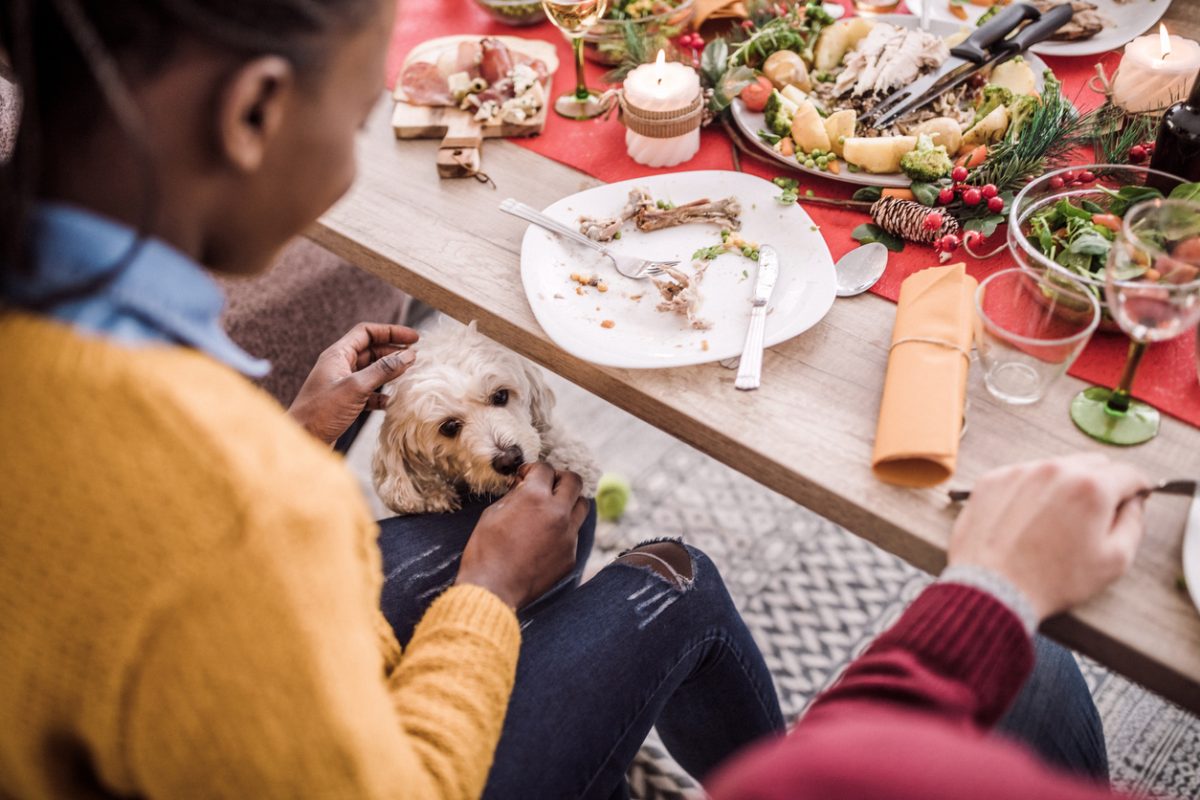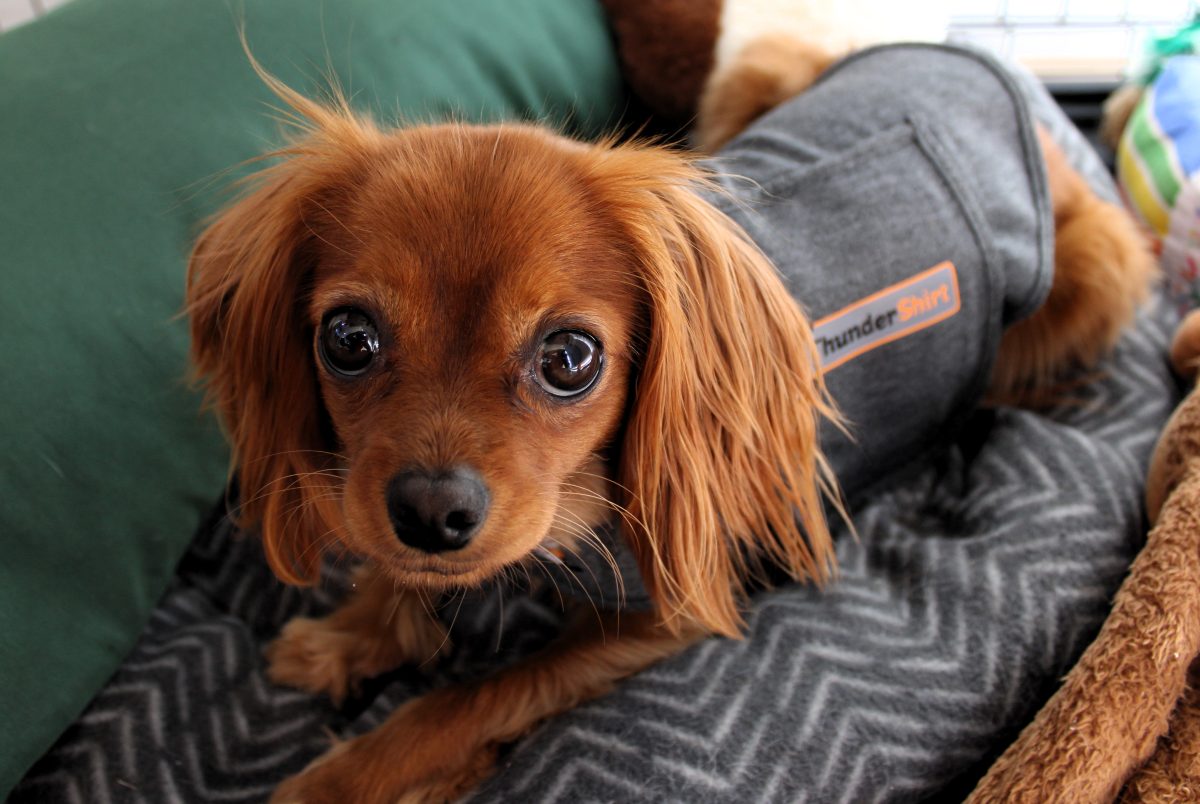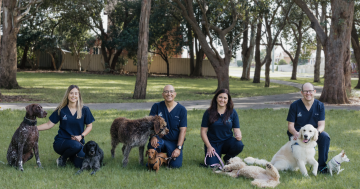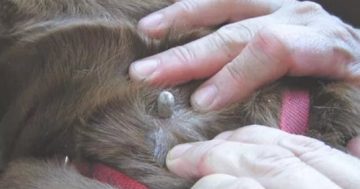
Feeding pets leftovers from Christmas lunch could cause them serious harm. Photo: File.
The festive season can be fraught with danger for our furry friends. Owners need to be careful of everything from food to fireworks and heat causing their pets distress or putting them in danger.
Feeding your dog leftovers from Christmas lunch may seem harmless as a one-off treat, but the rich foods often snuck under the table are not only bad for their health, but also potentially toxic and could require immediate treatment.
“We look at them, they look cute and we feel guilty so give them food, but we’re doing more harm than good,” Greencross Vets Fairy Meadow director Dr Luke Michel said.
“Boxing Day is probably our busiest day of the year for emergencies and it’s usually because they’ve been given something that they shouldn’t have.”
Many popular Christmas meats like ham and pork can make your pets seriously ill, and certain desserts can also have a devastating impact, especially if they contain chocolate or sultanas, which are toxic to dogs.
Dr Michel said owners should always check whether something is safe to feed their pet before doing so, to avoid unwanted trips to the emergency vet.
A small portion of plain white chicken meat is a possible alternative if you want to treat your pet at Christmas, but specialised snacks designed for pets are the best way to keep them happy and healthy.
And, when food is out of date or no longer good enough for you to eat, put it in the bin, not your pet’s bowl.
Dr Michel said there are often a “real multitude of cases” in the weeks after Christmas because of owners saying “I don’t like the look of that, I’ll give it to the dog”.
Clearing garbage quickly is also key to ensuring your pets don’t steal scraps of meat or bones, and that also goes for non-edible products that your pet might ingest.
“The other thing is the wrapping, particularly the string and the ribbon, can really do a lot of damage to their gut,” he added.

Thundershirts, medication and creating a safe space can help pets feel less distressed during fireworks. Photo: Keeli Royle.
Once you make it through the Christmas celebrations, New Year is just around the corner and fireworks are a continual concern for a lot of pet owners whose furry friends are distressed by the loud noises and at risk of escaping.
Dr Michel said that while pets’ reactions may vary and some need more attention than others, it’s important that they feel that they have a safe and easily accessible space to go when they are frightened, like a crate or a den, or under a bed.
This is crucial if a fight or flight response kicks in to prevent them from running away or putting themselves in harm’s way.
“If they’re in that zone where they feel that threat and they need to escape, they can really hurt themselves in that process,” Dr Michel said.
As well as establishing that safe space, there are other ways that pet owners can prepare for the night, particularly if they know what time the fireworks are going to start.
Staying home or hosting an event at your own house may be a way to keep an eye on your pet if they are particularly reactive, but there are also things like thundershirts and medications that work with varying success.
Dr Michel said it is best to give medication a couple of hours prior to the fireworks starting, and to talk to a vet in advance if your pet is likely to need that option, as pets need to be checked over first before sedatives can be prescribed.
“And trying it before it happens and doing a test run so you’re not realising on New Years Eve that it’s not working,” he added.
And even after you make it through the big events scot-free, a brutal summer with scorching temperatures is set to keep animal owners on high alert for months to come.
Keeping pets cool is about more than just comfort, as high temperatures can affect many animals quickly and permanently.
“Their bodies are not meant to stay at that temperature for long periods of time, so the normal functions of the body just can’t work and things start to break down,” Dr Michel said.
“Sometimes you can cool them down, but the damage is already done.”
Common sense actions like not leaving pets in hot cars are crucial for their protection, but even usually positive activities can be dangerous if the thermometer climbs too high.
“If it’s hot, they don’t need a walk – you’re just risking them being unwell,” he said.
This especially goes for dogs with thick coats that are designed to live in colder climates. Other dogs more susceptible include brachycephalics such as pugs and French bulldogs.
Regardless of breed, access to water, shade and even homemade ice-blocks or frozen KONGs are pre-emptive steps that could save your pet’s life in extreme heat.
Dr Michel said owners should act quickly if they see signs of heat stress.
“They’ll first get really agitated, panting, their gums will go a bright colour like how we go all red,” he said.
“If they’re showing those signs, get them checked to see what their temperature is and see if we need something more than just cooling.
“If you can’t get to a vet you can put icepacks in hairless areas, but it’s best to seek advice because there’s some things that you might think will help cool them down that won’t be appropriate in that situation.”
If you have any concerns about how your pet will respond to the triggers throughout this holiday season, contact your local vet and create a plan to best protect them throughout the summer.


















